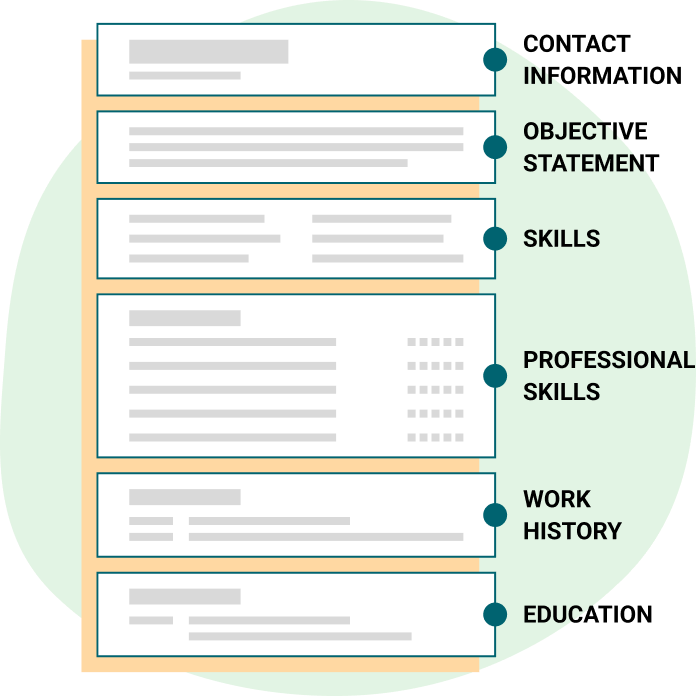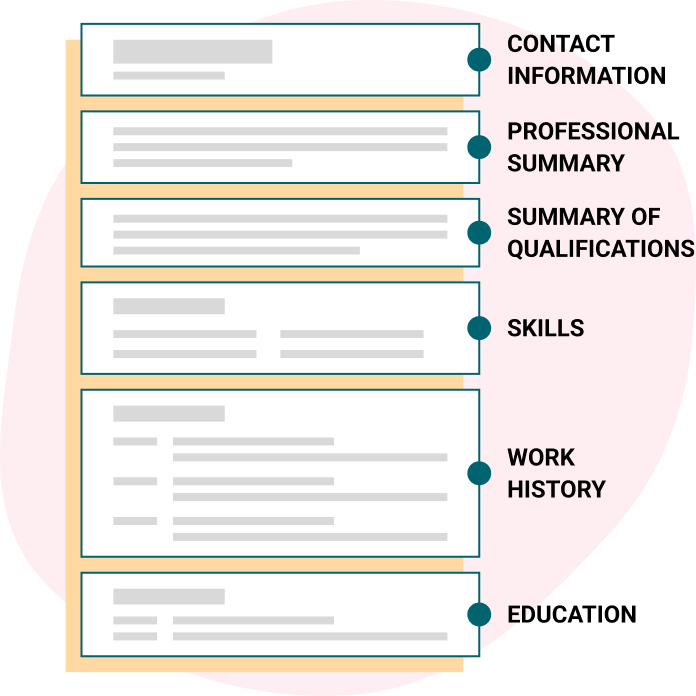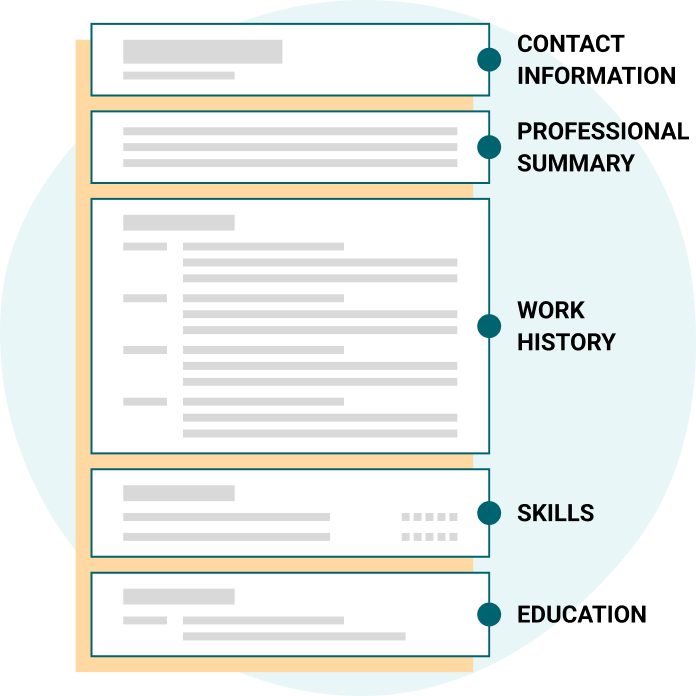There’s no single black-and-white rule that dictates what to include in an investigator resume. Why?
For one, investigators are used in many industries, including the insurance, law enforcement, and the corporate sectors. Not to mention, each individual investigator will have a different education level, set of certifications, and overall career path.
You’ll be taking the factors above into consideration to write your own unique document that lets a potential employer see you as a candidate who meets all the qualifications listed on their job description.
But while the specific nature of the information you may include in a resume varies extensively, the way you lay out the facts do not. Just as every case you work on starts with basic information and culminates in a solid case, so too will your resume take shape one step at a time, beginning with the basic structure.
As you review investigator resume samples, you’ll notice certain consistencies in the three most prevalent formats: chronological, functional and combination.
The chronological style is the most common and most familiar to potential employers and is usually used by job seekers who have relevant, consistent employment and who are following a traditional career path. The recommended sections for this style resume are:
- Contact info (name/phone/email)
- Resume summary
- Work experience
- Skills
- Education
If you have some work experience that’s unrelated to investigative work, gaps in employment, or you’re looking for a career change, the functional style might serve you well. Instead of focusing on a date-ordered list of previous employers, this style allows you to list your career accomplishments without linking them to an employer. This is achieved by inserting a new Accomplishments section between your resume summary and work experience sections.
If you’ve found aspects of both formats that you’d like to use, feel free to create your own combination style. Just be careful not to repeat yourself. Every word should lead to new information.








